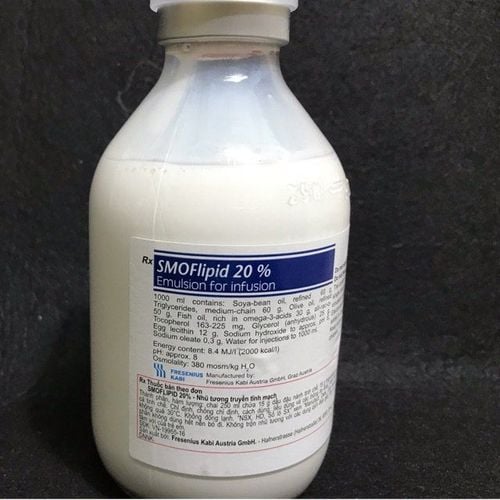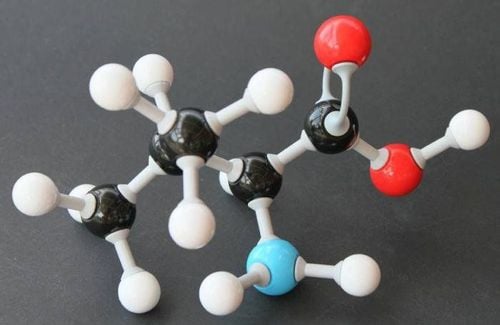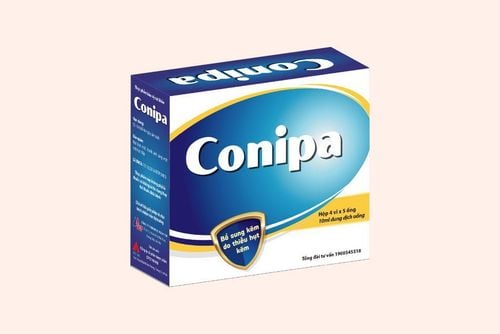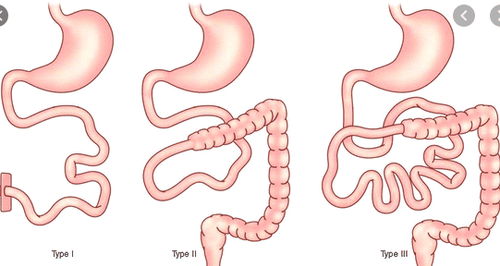This is an automatically translated article.
SMOFlipid® 20% is a white homogenous emulsion nutritional preparation for infusion. The composition of the drug smoflipid includes lipids such as soybean oil, olive oil 50 g, fish oil - rich in Omega-3 acids and medium-chain triglycerides. Accordingly, the indication for treatment of smoflipid 20 is to provide energy and essential fatty acids to the patient.
1. What is Smoflipid?
Smoflipid 20 is a prescription medication used as an intravenous infusion as a source of nutrition when oral or enteral nutrition is not possible. Accordingly, Smoflipid belongs to a class of drugs known as fatty acids, which can be used alone or in combination with other drugs.
Under close observation, Smoflipid 20 is presented as a sterile, white, homogenous lipid emulsion for intravenous infusion. Smoflipid's lipid content is 0.20 g/mL (ie 20%) and consists of a blend of soybean oil, medium-chain triglycerides, olive oil, and fish oil. The average essential fatty acid content of Smoflipid 20 is 35 mg/mL with linoleic acid (omega-6) and 4.5 mg/mL α-linolenic acid (omega-3). The phosphate content is 15 mmol/L.
The total energy content, including fat, phospholipid and glycerol in smoflipid 20 is 2,000 kcal/L.

Smoflipid 20 được trình bày dưới dạng nhũ tương lipid đồng nhất, màu trắng, vô trùng
2. Indications, contraindications, dosage and how to use smoflipid 20?
2.1. Indications Smoflipid 20 is indicated in adults as a source of calories and essential fatty acids for enteral nutrition when this is not possible, insufficient, or contraindicated. Accordingly, the recommended dose of Smoflipid for adult patients is 1 to 2 grams/kg daily and should not exceed 2.5 grams/kg daily. At the same time, the daily dose should not exceed a maximum of 60% of the total energy requirement.
2.2. Contraindications The use of Smoflipid is contraindicated in patients:
Hypersensitivity to fish, egg, soybean, or peanut proteins, or to any of the active ingredients or excipients, or Severe hyperlipidemia or severe lipid metabolism disorders characterized by hypertriglyceridemia (serum triglyceride levels > 1,000 mg/dL). 2.3. Doses of Smoflipid intended for central or peripheral intravenous infusion by solutions with an osmolality ≥900 mOsm/L must be administered through a central vein. The initial infusion rate should be 0.5 mL/min for the first 15 to 30 minutes of infusion. If tolerated, increase gradually until required rate is reached after 30 minutes. The best infusion rate should not exceed 0.5 mL/kg/hour. As such, the recommended duration of Smoflipid infusion is between 12 and 24 hours, depending on the clinical situation.
To prevent air embolism, when administering smoflipid, it is necessary to use a non-vented infusion set or close the vent on a vented set, avoid multi-site connections, do not serialize flexible bags, suck out any remaining air in the bag before use, do not pressurize the soft bag to increase the flow rate.
3. What are the possible side effects when taking Smoflipid?
Smoflipid 20 can cause serious side effects including:
Shortness of breath, shortness of breath Swelling of face, lips, tongue or throat Severe dizziness Anemia Fatigue Fever, chills Heart palpitations Abdominal pain Fruity smelling breath, Dry mouth High blood pressure Severe infections Frequent urination Pain or burning when urinating The most common side effects of Smoflipid include: Nausea, vomiting Abdominal bloating, abdominal pain, indigestion Fever
4. How to prevent unwanted effects
4.1. Hypersensitivity reactions Smoflipid contains soybean oil, fish oil and egg phospholipids, which may cause hypersensitivity reactions. Cross-reactivity has been observed between soybean oil and peanut oil.
If a hypersensitivity reaction occurs, the Smoflipid infusion should be discontinued immediately and appropriate supportive and therapeutic measures instituted.
4.2. Infusion-borne infections Lipid emulsions, such as Smoflipid, are favorable for microbial growth and an independent risk factor for the development of catheter-associated bacteremia. . The risk of infection is increased in immunosuppressed patients related to malnutrition, long-term use and poor maintenance of intravenous catheters, or the immunosuppressive effects of other concomitant diseases or drugs.
To reduce the risk of infectious complications, ensure aseptic technique in catheterization, catheter maintenance, and Smoflipid preparation and administration. Monitor for signs and symptoms (fever and chills) of early infection, including test results that may indicate infection such as leukocytosis and hyperglycemia, and check contactor equipment regularly. Approach through the injection line and the site of the infusion line for edema, redness, and discharge.

Smoflipid 20 dùng để truyền tĩnh mạch trung tâm
4.3. Fat overload syndrome Fat overload syndrome is a rare condition that has been reported with intravenous administration of lipid emulsions. Reduced or limited lipid metabolism with prolonged plasma clearance may lead to a syndrome characterized by a sudden worsening of the patient's condition including fever, anemia, leukopenia, and thrombocytopenia. , coagulopathy, hyperlipidemia, hepatic steatosis, worsening liver function, and central nervous system manifestations (eg, coma).
Although it has been observed most often when the recommended lipid dose is exceeded, cases have also been described when lipid formulations were used as directed.
4.4. Refeeding syndromes In severely malnourished patients, parenteral nutrition can lead to refeeding syndrome, characterized by intracellular displacement of potassium, phosphorus, and magnesium when the patient is ingested. .
To prevent these complications, monitor patients who are severely malnourished and slowly increase enteral nutrient intake.
4.5. Hypertriglyceridemia Impaired lipid metabolism with hypertriglyceridemia can occur in conditions such as hereditary dyslipidemia, obesity, diabetes mellitus, and metabolic syndrome.
Thus, serum triglycerides should be measured before infusion (initial value), at the time of each dose increment, and frequently throughout treatment. In adult patients with levels >400 mg/dL, reduce the dose of Smoflipid and monitor serum triglyceride levels to avoid clinical consequences associated with hypertriglyceridemia. Serum triglyceride levels > 1,000 mg/dL, are associated with an increased risk of pancreatitis.
In summary, smoflipid 20 is an emulsion of lipids that acts as an adjunct to parenteral nutrition. Accordingly, in addition to the benefits achieved when used correctly and correctly, it is necessary to know what smoflipid is as well as contraindications, possible adverse effects and ways to prevent it for effective care. optimal nutrition for the patient.
Please dial HOTLINE for more information or register for an appointment HERE. Download MyVinmec app to make appointments faster and to manage your bookings easily.













